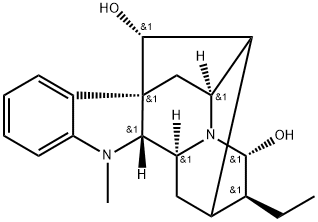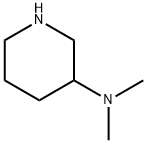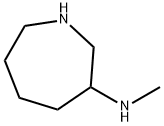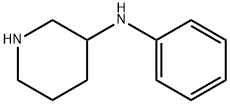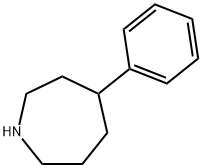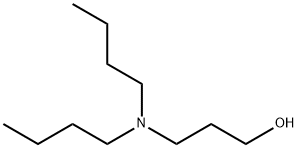PRODUCT Properties
| Melting point: | 189°C |
| alpha | D18 +131° (c = 0.4 in chloroform); D20 +144° (c = 0.8 in chloroform) |
| Boiling point: | 464.47°C (rough estimate) |
| Density | 1.1117 (rough estimate) |
| refractive index | 1.6800 (estimate) |
| storage temp. | 2-8°C |
| solubility | Chloroform (Slightly), DMSO (Slightly) |
| form | Solid |
| pka | pKa 8.2 (Uncertain) |
| color | White |
| optical activity | +14420 (CHCl3) |
| Water Solubility | 489.7mg/L(30 ºC) |
| Merck | 13,194 |
| LogP | 1.810 |
Description and Uses
Rauwolfia (Luo Fu Mu) is derived from the plants Rauvolfia verticillata (Lour.)
Baill. and R. yunnanensis Tsiang, and the root is usually used as its medicinal part.
R. verticillata (Lour.) Baill. var. hainanensis Tsiang and R. vomitoria Afzel. ex
Spreng have been also used as traditional Chinese herb.
Rauwolfia is one of the important traditional herbs in southern China. Its scope
of treatment includes cold, fever, sore throat, headache, and dizziness caused by
hypertension, abdominal pain and diarrhea, scabies, and so on. Rauwolfia is also
used to treat insomniac dizziness, bruises, sprains, and venomous snake bites in
folk.
In the “Flora of China,” 135 species of Rauwolfia were recorded, mostly distributed in the tropics and subtropics, a few in the temperate regions. There are nine
species, four varieties, and three cultivated species in China.
For use as an antiarrhythmic agent.
Safety
| Symbol(GHS) |  GHS07 |
| Signal word | Warning |
| Hazard statements | H302-H312-H332 |
| Precautionary statements | P264-P270-P301+P312-P330-P501-P280-P302+P352-P312-P322-P363-P501-P261-P271-P304+P340-P312 |
| Hazard Codes | Xn |
| Risk Statements | 25-20/21/22 |
| Safety Statements | 13-45-36 |
| RIDADR | 1544 |
| RTECS | AX8050000 |
| HazardClass | 6.1(b) |
| PackingGroup | III |
| Toxicity | LD50 oral in rat: 360mg/kg |

